When it comes to printing, the paper stock you choose is just the beginning. Finishing techniques such as binding, folding, and laminating can take your printed materials to the next level and add a professional touch. In this article, we’ll cover the most common finishing techniques and their best applications.
- Binding: Binding is the process of securing loose sheets of paper together to form a book, booklet, or brochure. There are several types of binding to choose from, including:
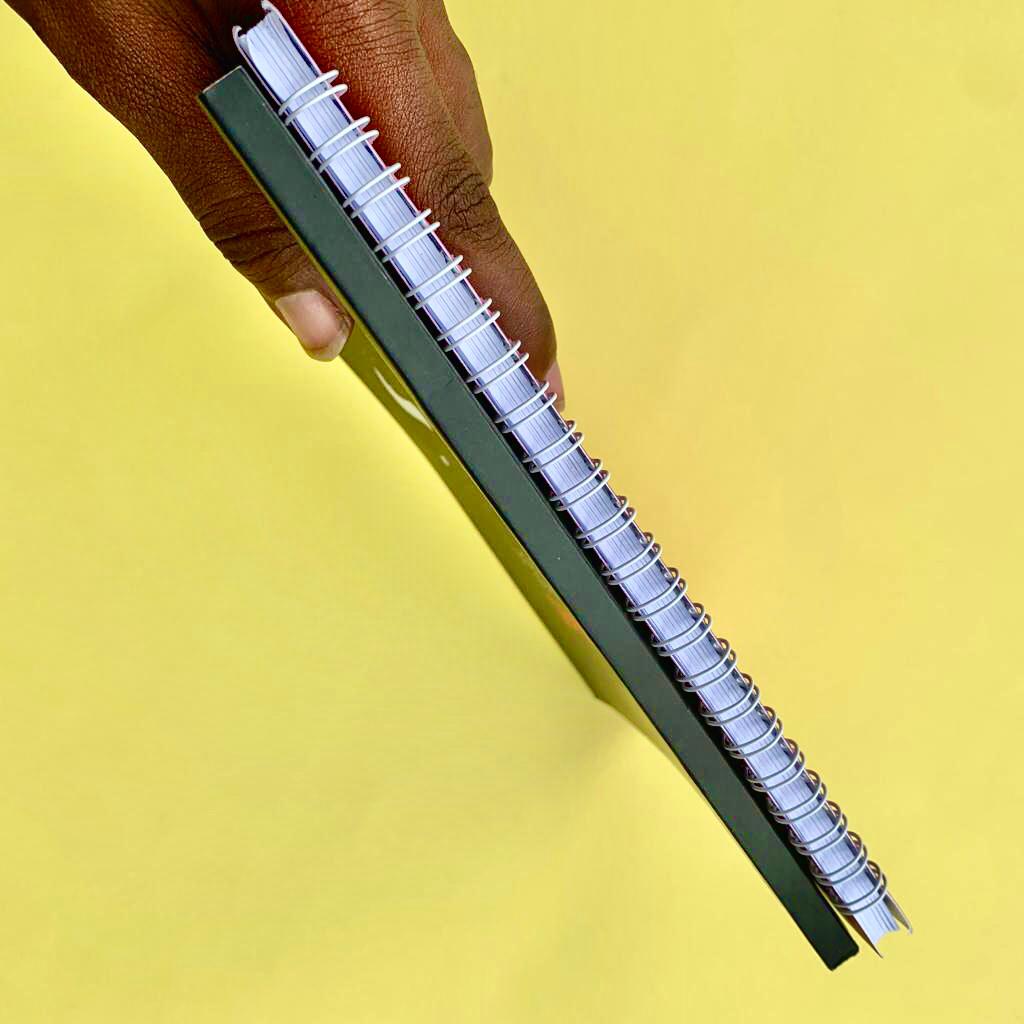
- Saddle Stitch Binding: This method involves stapling the spine of the printed materials together. It’s ideal for booklets and brochures with fewer than 64 pages.
- Perfect Binding: This method involves gluing the spine of the printed materials together. It’s ideal for thicker booklets and magazines.
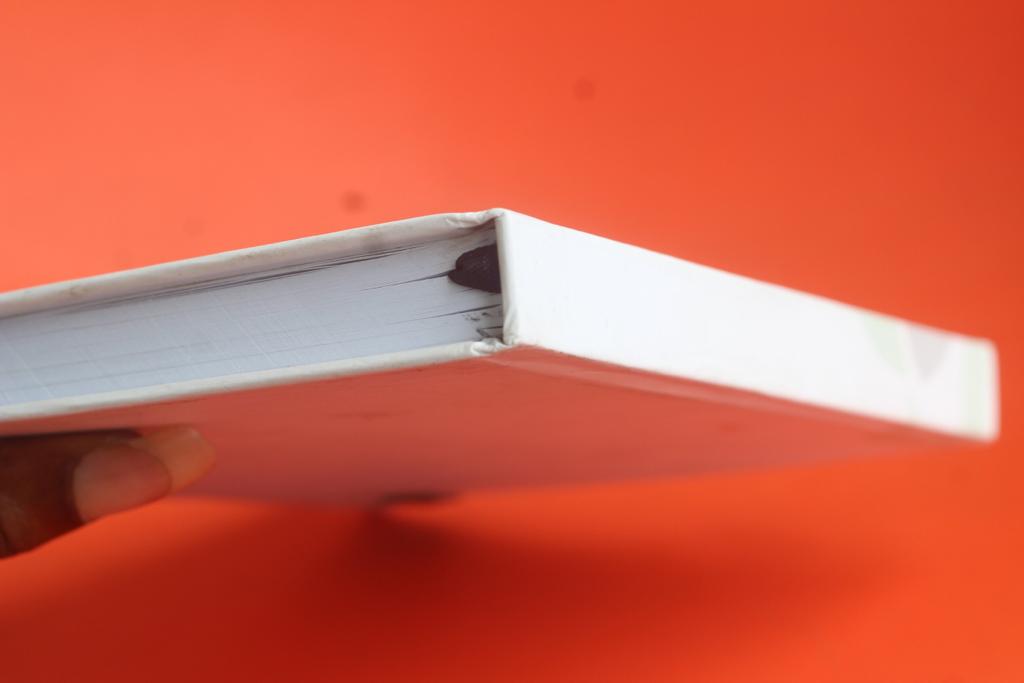
- Wire-O Binding: This method involves punching holes along the edge of the printed materials and binding them together with a wire. It’s ideal for calendars and manuals.
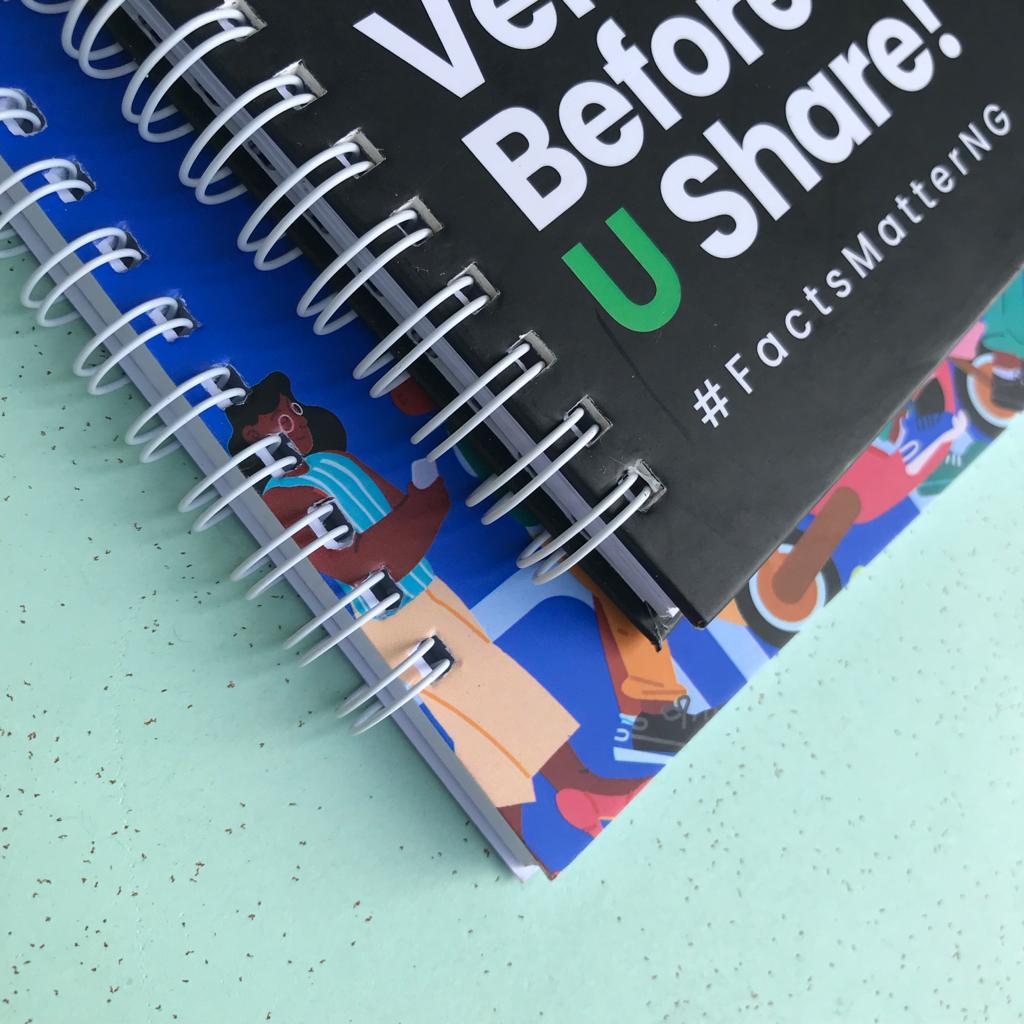
- Folding: Folding is the process of bending a sheet of paper to create a multi-page document. There are several types of folding to choose from, including:
- Half-Fold: This method involves folding the sheet of paper in half, creating four pages. It’s ideal for brochures and newsletters.
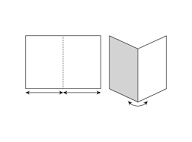
- Tri-Fold: This method involves folding the sheet of paper into thirds, creating six panels. It’s ideal for brochures and menus.
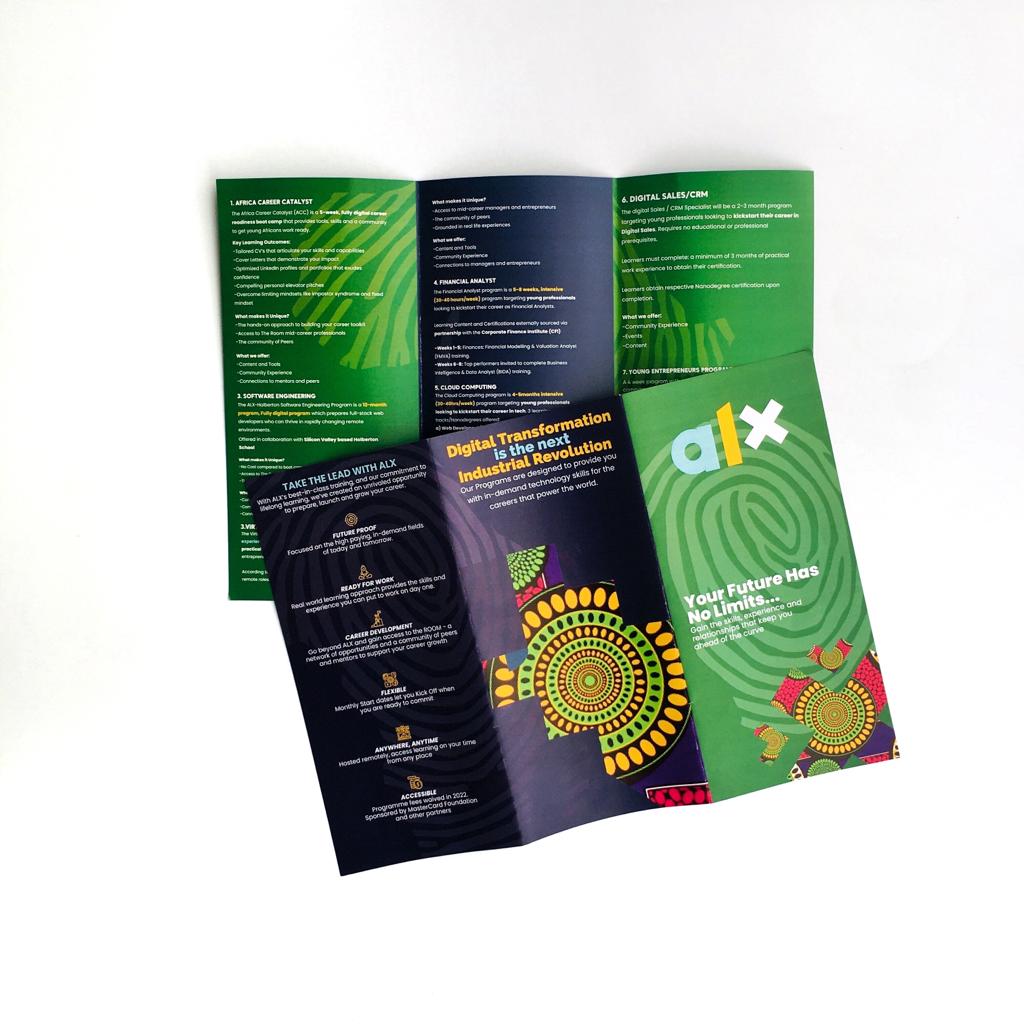
- Z-Fold: This method involves folding the sheet of paper into a zigzag pattern, creating six panels. It’s ideal for invitations and programs.
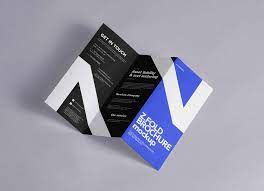
- Laminating: Laminating is the process of sealing a printed material between two sheets of plastic film. It’s ideal for materials that need to be durable, waterproof, or tear-resistant. There are several types of laminating to choose from, including:
- Glossy Lamination: This method involves adding a shiny finish to the printed material. It’s ideal for photos, menus, and signs.
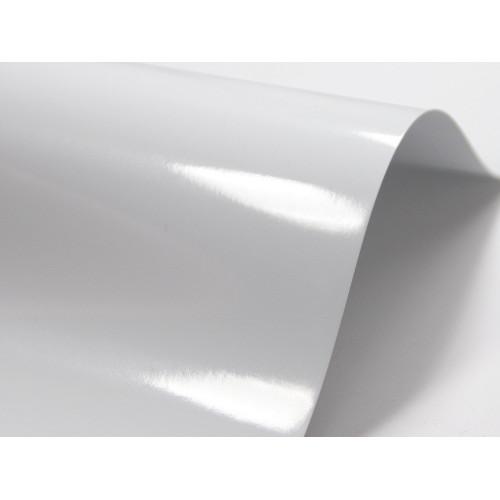
- Matte Lamination: This method involves adding a smooth, non-glossy finish to the printed material. It’s ideal for documents, maps, and charts.
- Soft Touch Lamination: This method involves adding a velvety texture to the printed material. It’s ideal for business cards, book covers, and packaging.
By incorporating these finishing techniques into your printed materials, you can make them stand out and leave a lasting impression on your audience. At Printivo, we offer a variety of finishing options to help you achieve the perfect look for your project. Contact us today to learn more!